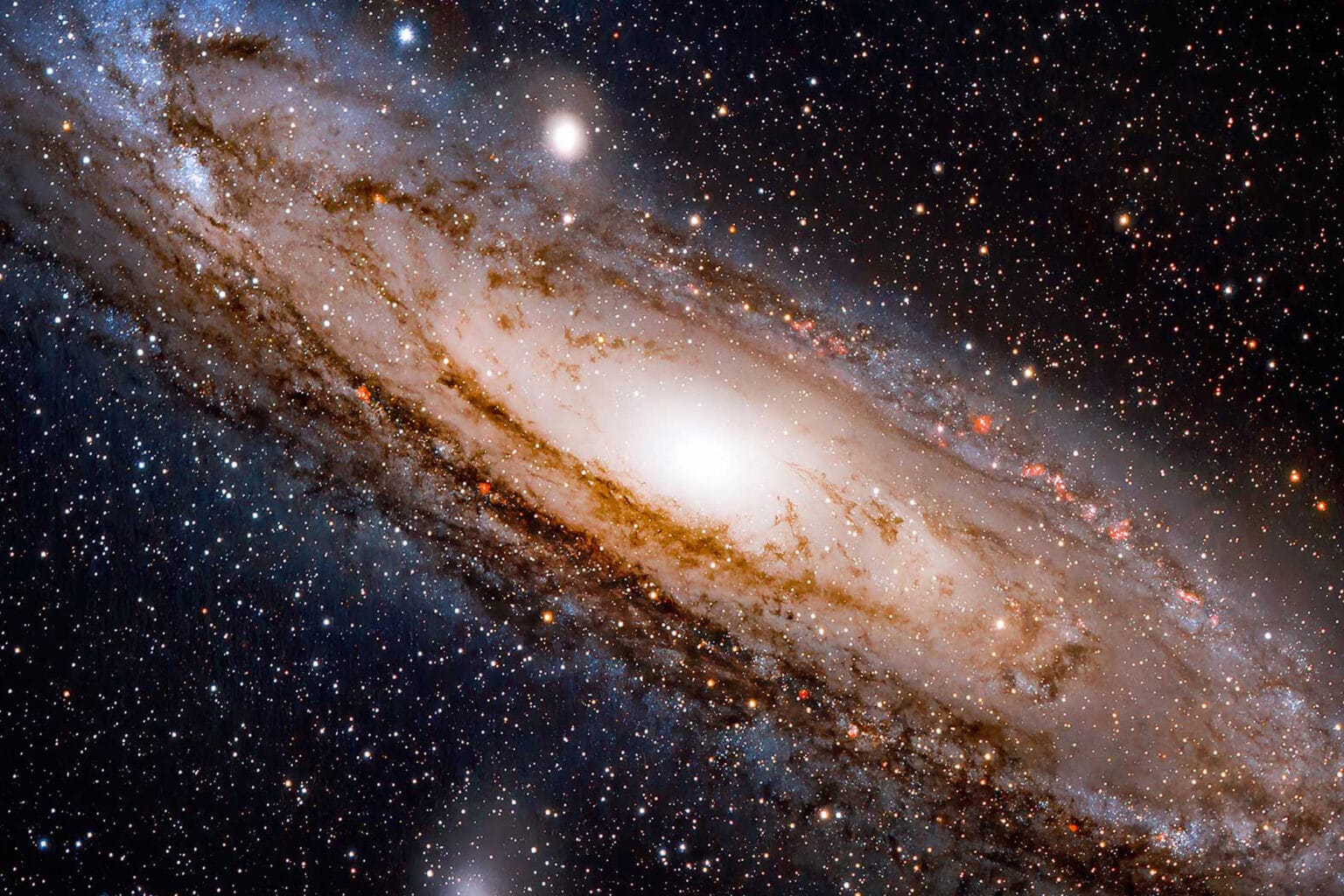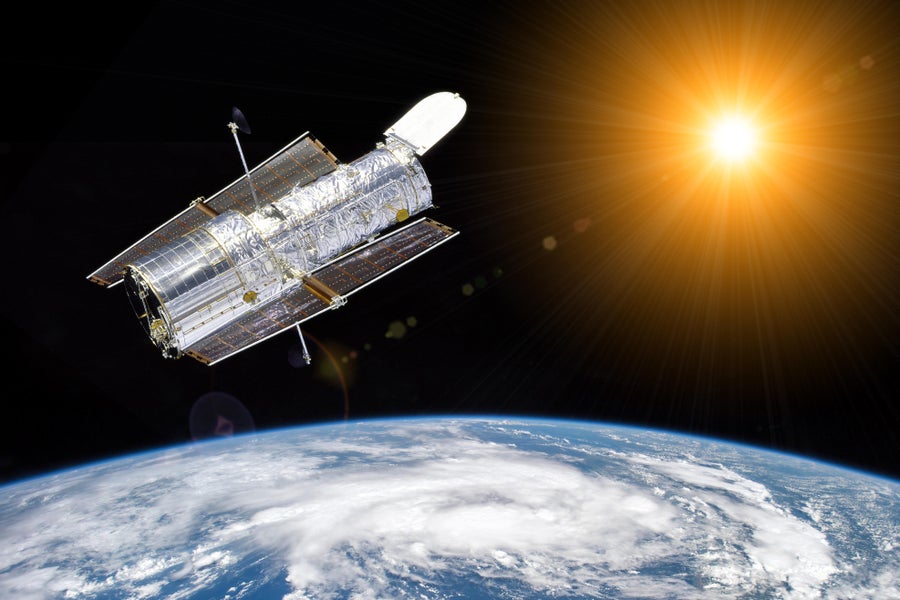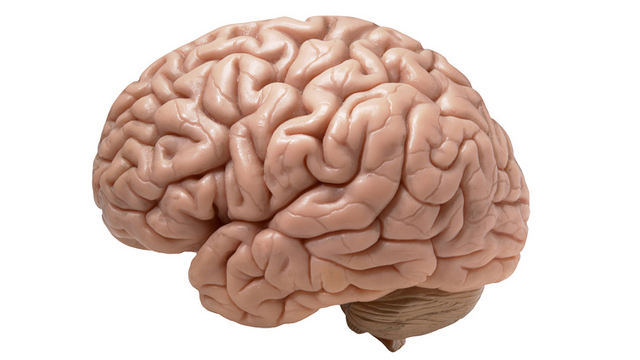For centuries, the night sky has captivated humanity with its quiet beauty. Stars glimmer like ancient lanterns scattered across the dark canvas of the universe, their light carrying stories from millions or even billions of years ago. Yet hidden among those stars are darker, more terrifying structures: black holes. Unlike stars, black holes do not shine; they consume. They are regions where gravity becomes so strong that not even light can escape, a place where the known laws of physics tremble and falter.
Black holes are more than cosmic monsters; they are cosmic paradoxes. They challenge our deepest understanding of reality. Among the most tantalizing questions they raise is this: what happens to information that falls into a black hole?
Does it vanish forever, wiped clean from existence? Or does it somehow persist, locked away in the dark heart of the universe? This question—known as the black hole information paradox—is not just a technical puzzle. It cuts to the heart of what reality itself means. For in physics, “information” is not simply data on a computer; it is the fundamental description of the universe. If black holes destroy it, then the universe may not be the orderly, predictable place we once thought. If they preserve it, we must confront a reality stranger than imagination.
The Birth of the Black Hole Idea
The idea of a black hole was born not from science fiction, but from the mathematics of gravity. In 1915, Albert Einstein published his General Theory of Relativity, which described gravity not as a force but as the curvature of space and time. Massive objects like stars and planets warp the fabric of space-time, bending the paths of moving bodies and even light.
Just months after Einstein unveiled his theory, a German physicist named Karl Schwarzschild solved his equations for a point mass. His solution revealed something startling: under certain conditions, a mass could collapse into a region from which nothing, not even light, could escape. This was the theoretical birth of the black hole.
For decades, physicists debated whether such objects were real or merely mathematical curiosities. Then, in the mid-20th century, evidence began to mount. Observations of intense X-ray emissions from binary star systems hinted at invisible companions pulling matter with immense gravitational force. Later, the detection of supermassive black holes at the centers of galaxies, including our own Milky Way, confirmed their existence. Black holes were no longer fantasy—they were fundamental features of the cosmos.
Falling In: What Happens at the Event Horizon
To understand the mystery of information, we must first grasp the nature of a black hole. A black hole is defined by its event horizon, the boundary beyond which nothing can return. For an outside observer, the event horizon is the ultimate veil: once matter or light passes through it, it is lost to view.
Imagine an astronaut drifting too close to a black hole. As they approach, time appears to slow from the perspective of distant observers. Their image seems to freeze at the horizon, red-shifting into darkness. Yet for the astronaut themselves, time continues normally, and they plunge inward. Inside the event horizon, all paths lead inexorably to the singularity—a point of infinite density where the known laws of physics collapse.
Here lies the problem: according to classical physics, everything that falls into a black hole is destroyed at the singularity. Not just destroyed physically, but erased informationally. The particles, their arrangements, their histories—obliterated. But physics has always held that information cannot be destroyed. And here begins the paradox.
The Law of Conservation of Information
In quantum mechanics, the deepest framework of modern physics, information is sacred. It cannot be created or destroyed. Every particle, every interaction, leaves a trace, woven into the wavefunctions that describe reality. If we know the state of a system at one moment, in principle we can calculate its past and future. This principle, called unitarity, is central to the consistency of quantum theory.
But black holes seem to scoff at this rule. If something falls past the event horizon and vanishes into the singularity, where does the information go? If it is gone forever, then quantum mechanics is wrong—or incomplete. And if quantum mechanics breaks, so too does much of the foundation of modern physics.
This conflict—between the indestructibility of information in quantum mechanics and the apparent destruction of information by black holes—gave rise to one of the most famous debates in 20th-century science.
Hawking’s Shocking Revelation
In 1974, the British physicist Stephen Hawking shook the scientific world with a discovery that changed our understanding of black holes forever. Using the principles of quantum field theory applied to curved space-time, Hawking showed that black holes are not entirely black. They emit radiation—now called Hawking radiation—due to quantum fluctuations near the event horizon.
This radiation slowly drains a black hole of its mass, causing it to evaporate over unimaginably long timescales. Eventually, the black hole disappears.
But Hawking’s result made the paradox even sharper. The radiation emitted is purely thermal—it carries no information about what fell in. If the black hole eventually evaporates completely, the information inside it is seemingly lost to the universe. Hawking reluctantly concluded that black holes do, in fact, destroy information.
This was a radical claim. If true, it would mean that quantum mechanics must be modified, and with it, our entire conception of reality. For decades, the scientific community was divided, some siding with Hawking, others convinced that information must somehow escape. The stage was set for a battle of ideas that would span generations.
The Firestorm of Debate
The black hole information paradox became one of the greatest puzzles in physics. Giants of science debated passionately, with Hawking defending the possibility of information loss while others, including John Preskill, Gerard ’t Hooft, and Leonard Susskind, insisted that information must be preserved.
Susskind in particular argued that to give up on unitarity would be too catastrophic. Instead, he proposed a radical solution: perhaps information is not destroyed, but smeared across the event horizon itself, encoded in the strange quantum structure of space-time. This idea gave birth to what became known as the holographic principle—the notion that the information content of a volume of space can be represented on its boundary surface, much like a hologram.
The holographic principle turned out to be far more than a clever trick. It became one of the most profound insights of modern physics, reshaping our understanding of gravity, quantum mechanics, and even the origins of the universe.
Black Holes as Holograms
The holographic principle, championed by physicists like Susskind and later refined by Juan Maldacena in the AdS/CFT correspondence, suggested that black holes might not destroy information after all. Instead, the information about everything that falls in is encoded on the event horizon, like pixels on a cosmic screen.
To an outside observer, the black hole is a two-dimensional surface that contains all the data about its interior in scrambled form. When the black hole emits Hawking radiation, that information might slowly leak back out, hidden in the subtle correlations of the radiation.
This view reconciles black holes with quantum mechanics, but it raises staggering implications. If true, it means the universe itself may be a kind of hologram, where the three-dimensional world we experience is actually encoded on a distant two-dimensional boundary. The mystery of black hole information has thus led us to question not only black holes, but the very nature of reality.
The Firewall Problem
Even with the holographic principle, mysteries remain. In 2012, physicists proposed a new twist known as the firewall paradox. If information escapes from a black hole via Hawking radiation, then the event horizon cannot be a smooth, harmless boundary as Einstein’s theory suggests. Instead, it must be a searing wall of energy that incinerates anything crossing it.
This idea horrified physicists, because it violated one of the cornerstones of relativity: the principle of equivalence, which says that falling into a black hole should feel locally the same as floating in empty space. The firewall paradox reignited debate, showing just how deep the mystery still runs.
Black Holes and Quantum Entanglement
Another key ingredient in the story is quantum entanglement—the eerie phenomenon in which particles share linked states, no matter how far apart they are. Many physicists now believe entanglement is central to how black holes handle information.
Some propose that Hawking radiation is entangled with the black hole interior, creating a hidden channel through which information can escape. Others suggest that black holes may be deeply connected to wormholes, or Einstein-Rosen bridges, which provide a subtle way for information to remain consistent across space-time.
This has given rise to the phrase “ER = EPR,” coined by Maldacena and Susskind, suggesting a deep equivalence between wormholes (ER) and quantum entanglement (EPR). Such ideas hint at a profound unity between gravity and quantum theory.
The Current Consensus
Today, most physicists lean toward the view that black holes do not destroy information. The details remain hotly debated, but the holographic principle and related ideas suggest that information is preserved, though scrambled beyond recognition. Hawking himself eventually conceded this point, admitting in 2004 that he had lost a bet with John Preskill.
Yet the precise mechanism remains elusive. How, exactly, is the information stored? How is it released? And what does this mean for the ultimate fabric of reality? These questions continue to drive research at the cutting edge of physics.
Why the Paradox Matters to Us
At first glance, the black hole information paradox might seem like an abstract problem, far removed from everyday life. But it is far more than a technical puzzle. It is a window into the deepest truths of the universe.
If information can be destroyed, then the past itself can be erased. The universe becomes unpredictable, its laws broken. If information is preserved, then reality is stranger and more interconnected than we ever imagined. In either case, the paradox forces us to confront the limits of human knowledge, to grapple with mysteries that stretch beyond time and space.
Moreover, black holes are not just distant monsters. They are laboratories of the extreme, places where the laws of physics collide. By understanding them, we move closer to the long-sought goal of unifying general relativity and quantum mechanics into a single, coherent theory of everything.
Toward the Future
The debate is far from over. With new tools like gravitational wave detectors and the Event Horizon Telescope, we are peering into black holes more directly than ever before. Perhaps one day, subtle patterns in black hole radiation will reveal the fingerprints of hidden information.
Theoretical advances continue as well. Quantum gravity, string theory, and holographic dualities all point toward a future where black holes are not destroyers but guardians of information, cosmic vaults that store the stories of all they consume.
And yet, the beauty of science lies in its uncertainty. We do not yet know the final answer. The paradox endures, daring us to imagine, to question, and to reach beyond the horizon of our understanding.
Conclusion: The Eternal Riddle
Do black holes destroy or store information? The answer is not yet fully written, but the journey toward it has already transformed physics. It has led us from Einstein’s elegant equations to Hawking’s bold insights, from paradoxes that unsettle to principles that redefine the universe itself.
What we know is this: black holes are not just cosmic abysses but cosmic teachers. They challenge us to rethink what we mean by reality, by knowledge, by existence itself.
Perhaps, in the end, black holes do not destroy information but preserve it in ways our minds can scarcely yet imagine. Perhaps the universe itself is a storybook written on the edge of the abyss, where nothing is ever truly lost.
And as long as that question endures, so too does the human spirit of curiosity—the same spirit that once looked at a compass needle, a falling apple, or the night sky, and asked: why?






